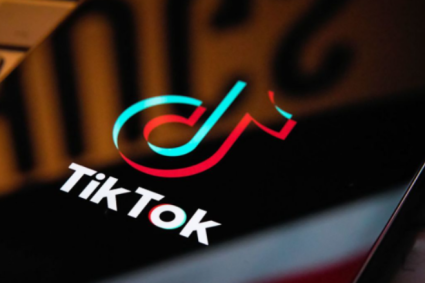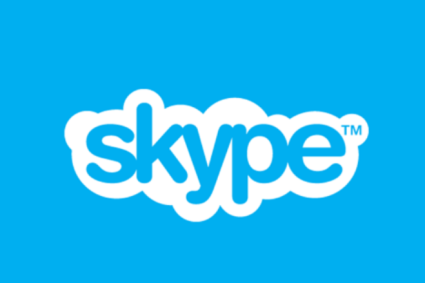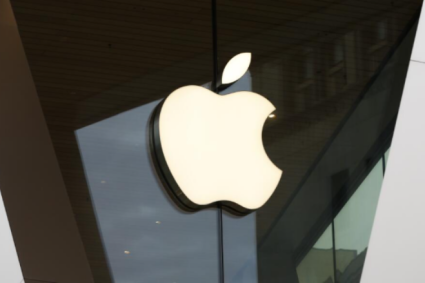
During yesterday’s global information technology (IT) system failure, a large number of malicious websites were released onto the Internet.
Australia’s cyber intelligence agency said on Saturday that “malicious websites and unofficial code” were being released online, claiming they were helping recover from Friday’s global digital outage that affected media, retailers, banks and airlines.
Australia was one of several countries affected by the outage that caused chaos around the world after a botched software update by CrowdStrike.
On Saturday, the Australian Signals Directorate (ASD) – the country’s cyber intelligence agency – announced that “multiple malicious websites and unofficial codes have been released that claim to help units recover from the widespread outages caused by the technical incident of CrowdStrike”, writes the Guardian.
On its website, the agency said the cybersecurity center “strongly encourages all users to obtain their technical information and updates only from official CrowdStrike sources.”
Cyber Security Minister Clare O’Neil said Australians should “be on the lookout for potential scams and phishing attempts”.
Friday’s outage hit Commonwealth Bank of Australia ( CBA.AX ), the country’s biggest bank, which said some customers were unable to transfer money. National airline Qantas ( QAN.AX ) and Sydney Airport said flights were delayed but were still flying.
As the recovery continues, experts say the outage has brought into focus concerns that many organizations are ill-prepared to implement contingency plans when a single point of failure, such as an IT system or piece of software within it fails.
But these outages will happen again, experts say, until more contingencies are built into networks and organizations implement better backups.
Prime Minister Anthony Albanese said late Friday there was no impact on critical infrastructure, government services or emergency phone systems.
CrowdStrike – which previously achieved a market value of around $83 billion – is a leading provider of cyber security services, with close to 30,000 subscribers worldwide.



















